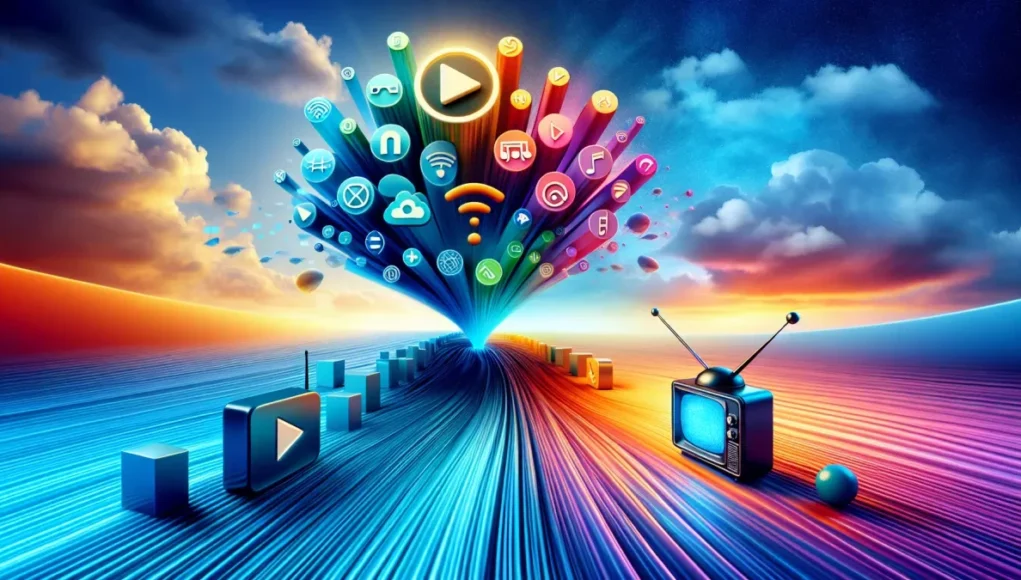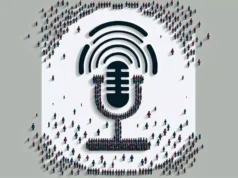In this technologically-driven era, a seismic shift is being witnessed in the world of entertainment. Traditional cable TV, which once reigned supreme in living rooms across the world, is now on the brink of extinction, gradually being superscocked by streaming services. As more and more people surrender their cable boxes in favor of hand-held devices and smart TVs, the way we consume media is changing. This shift has catalyzed a debate on whether streaming services truly spell the end for traditional cable TV.
The advent of Netflix, a frontrunner in the streaming world, was a harbinger of the transformation in our media consumption habits. As per a recent report from The Wall Street Journal, Netflix currently has an astounding 200 million-plus subscribers globally. This vast subscriber base, which is increasing each day, is a strong testament to the power of streaming services.
Not just Netflix, the rise of competitors like Amazon Prime, Hulu, Disney+, and Apple TV+ further fueled the trend. Viewers are tantalized by the attractively priced bouquet of content that these platforms offer. Streaming services aren’t just enticing customers with an economical alternative to cable or satellite TV; they’re revolutionizing the way we watch and interact with content. Thanks to these platforms, viewers now have the power to watch their desired content anytime and anywhere on various devices like smartphones, tablets, and laptops.
This dominance of streaming services has inevitably affected cable TV subscriptions. According to a report by the Leichtman Research Group, big cable TV providers in America lost 5.1 million subscribers in 2020 alone. This followed a loss of 4.8 million subscribers in 2019, revealing a doubly impactful hit on cable TV’s already dwindling numbers.
Another factor that’s been a contributing element to this propensity towards streaming services is the rising cost of cable TV subscriptions. With the average monthly subscription cost of cable TV in the US hovering around $85, according to Consumer Reports, many consumers prefer to take up multiple streaming services, resulting in a lesser aggregate cost and broader content base.
But, it’s not only the cost that’s causing the shift. The accessibility to high-speed internet and the convenience of streaming content on-demand, which allows viewers to dictate their schedules, are playing critical roles. As tech expert Emily Nhaissi notes, “People do not want to wait a week to watch the latest episode of their favorite show. They prefer to have it all available at the click of a button. Streaming services have given their customers’ control over what, when, and how they watch.”
However, it’s important to note that despite the colossal growth and prevalence of streaming services, cable TV isn’t entirely out of the picture just yet. For a range of consumers, particularly older demographics and those residing in rural areas with limited internet access, traditional cable TV remains the preferred or, in some cases, the only choice. Moreover, recent reports of some streaming services contemplating ad-based models may also play out in cable TV’s favor from a viewer experience perspective.
Nonetheless, the writing seems to be on the wall. Even though the demise of cable TV may not be immediate, there’s no denying that we are witnessing a transformation in the media landscape.
The future of entertainment lies in the potential of streaming services. Aided by advanced technology, internet accessibility, rapidly evolving consumer preferences, and the immense ability to cater to a diverse content craving audience worldwide; these platforms are indeed spelling the end of traditional cable TV.
On the flip side of this revolution, cable TV companies aren’t sitting idle, watching their subscriber base erode. Many have embraced these changes and are evolving to survive in the cut-throat competition. These evolutions can be seen in the form of hybrid models that combine cable and streaming services – the best of both worlds, as they say.
Overall, it’s an interestingly precarious time in the media and entertainment industry. As the lines blur between traditional and digital modes of content delivery, one thing is clear: we are witnessing a historical reinvention. And while cable TV’s obituary may not yet be written, the clock, no doubt, is ticking.
Sources:
– The Wall Street Journal: “Netflix Hits 200 Million Subscribers”
– Leichtman Research Group: “Major Pay-TV Providers Lost about 5,120,000 Subscribers in 2020”
– Consumer Reports: “Cable TV vs. Streaming: Breaking Down The Costs”
– Emily Nhaissi: Tech Expert
– Consumer Reports: “Streaming TV Service Costs Are on the Rise. Here’s a Guide to the Options”






